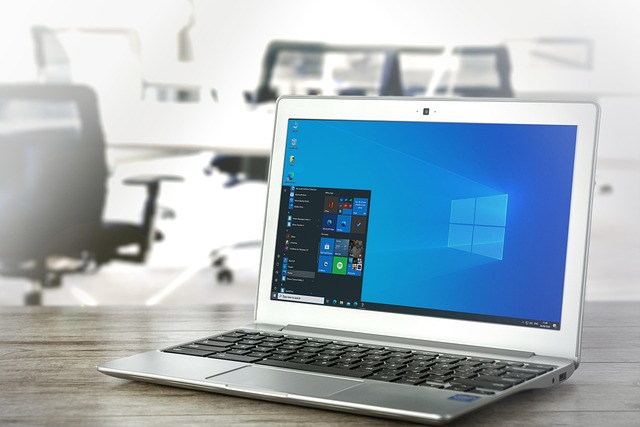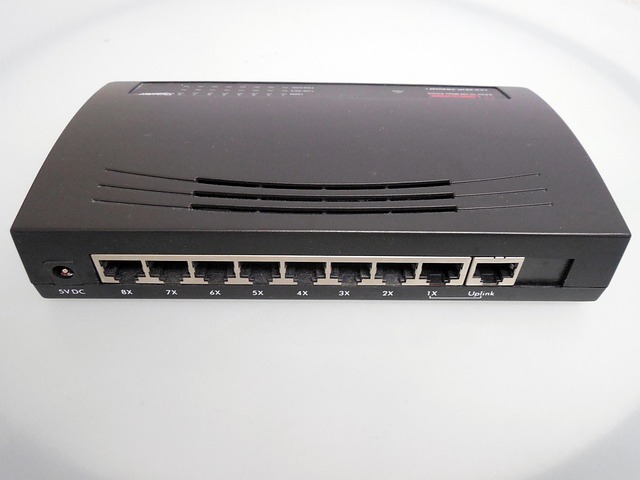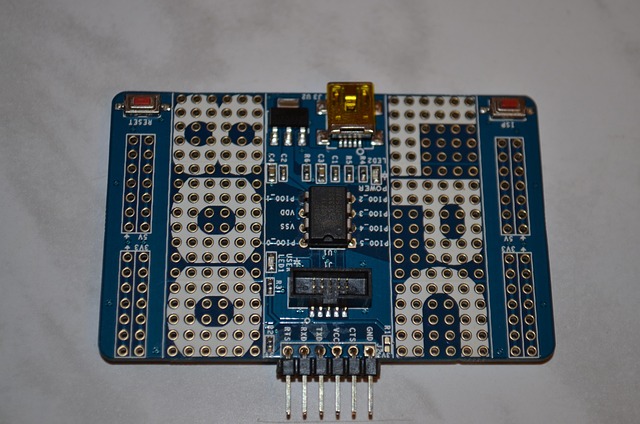
Operating System Fundamentals for Modern Hardware
The relationship between an operating system and the hardware it governs is a dance of precision and abstraction. An operating system sits at the interface between the raw capabilities of silicon—processors, memory, storage, input/output devices—and the software applications that users interact with daily. Modern hardware presents unprecedented complexity: multi-core CPUs, heterogeneous accelerators, non‑volatile memory, and virtualization layers. Yet the fundamental principles that an operating system relies on remain remarkably constant: resource management, process control, scheduling, security, and reliability.
Process and Thread Fundamentals
At the core of every operating system is the concept of a process, an isolated execution environment that owns its own virtual address space, file descriptors, and scheduling priority. Threads are the minimal units of execution within a process, sharing the same memory but carrying independent execution stacks. The operating system must therefore keep track of numerous active threads, assign them to CPU cores, and enforce isolation rules so that one process cannot corrupt the memory of another.
- Process Control Block (PCB): A data structure that stores a process’s state, program counter, registers, open files, and scheduling information.
- Thread Control Block (TCB): Similar to the PCB but for threads; it contains the stack pointer, CPU register snapshot, and scheduling attributes.
- Context Switching: The overhead incurred when the operating system saves the state of one thread and restores the state of another.
Efficient context switching is vital on multi‑core systems. An operating system must schedule threads in a way that balances load across cores, reduces cache misses, and respects data locality. This involves sophisticated algorithms such as work‑stealing schedulers, hybrid kernel models, and real‑time priority inheritance.
Memory Management in Modern Systems
Memory management is a central pillar of any operating system. It is the bridge that maps logical memory addresses used by programs to the physical addresses of the hardware. In the modern era, memory technologies have evolved from volatile DRAM to persistent memory, and the operating system must adapt to this diversification.
- Virtual Memory: Provides each process with a private address space. The operating system uses page tables to translate virtual addresses to physical frames. The translation lookaside buffer (TLB) caches recent translations to accelerate access.
- Demand Paging and Copy‑On‑Write: Pages are loaded into memory only when needed, and multiple processes can share read‑only pages until one attempts to write, triggering a copy.
- Memory Allocation Strategies: The operating system offers different allocation schemes—buddy systems, slab allocation, or slab‑plus—each optimized for different workloads and hardware characteristics.
- Non‑Volatile Memory (NVM): Operating systems now expose persistent memory as a new tier between RAM and storage. This requires careful consistency models, snapshot mechanisms, and cache flush policies to guarantee data durability.
These mechanisms together enable applications to work with seemingly limitless memory while the operating system transparently manages the physical constraints of the hardware.
File Systems and Storage Hierarchy
Beyond memory, the operating system orchestrates access to a layered storage hierarchy: registers, cache, RAM, SSD, HDD, and networked storage. File systems abstract this complexity, presenting a coherent namespace and permissions model to applications.
“An effective file system must balance performance, durability, and integrity across heterogeneous media.”
Modern operating systems implement several file system concepts:
- Journaled File Systems: Ensure that metadata changes are logged before being committed, allowing recovery after crashes.
- Copy‑on‑Write (COW) File Systems: Enable efficient snapshotting and data deduplication, vital for cloud storage services.
- Hierarchical Storage Management (HSM): Automatically migrates data between hot, warm, and cold tiers based on access patterns.
- Virtual File Systems (VFS): Provide a uniform API for disparate file systems, letting the operating system switch underlying storage backends without altering application code.
With SSDs offering non‑volatile, high‑speed storage, operating systems must manage wear‑leveling, garbage collection, and TRIM commands to maintain device longevity. The interaction between the file system layer and the hardware driver stack is crucial for delivering predictable performance.
Device Drivers and I/O Subsystems
Hardware devices are accessed by the operating system through drivers—software components that translate generic I/O requests into device‑specific operations. Drivers must respect the hardware’s timing constraints, interrupt handling, and power‑management policies.
- Interrupt‑Driven I/O: The device signals the CPU when data is ready. The operating system’s interrupt handler schedules the appropriate process or thread.
- Direct Memory Access (DMA): Enables devices to transfer data directly to or from memory, bypassing the CPU to reduce overhead.
- Power Management: Modern operating systems implement sophisticated power‑state transitions for devices, balancing performance against energy consumption.
- Device Queuing and Scheduling: Input/output requests are queued and scheduled using algorithms like elevator, anticipatory, or priority‑based schemes to optimize throughput and latency.
With the rise of heterogeneous computing—GPUs, FPGAs, and AI accelerators—drivers must also support complex memory mapping, cross‑bar communication, and secure data paths. The operating system’s I/O subsystem acts as the linchpin ensuring that applications can leverage these powerful resources without needing to understand low‑level details.
Security and Isolation Mechanisms
Security in a modern operating system extends beyond protecting against external threats. It also involves ensuring that processes cannot inadvertently interfere with one another. This requires a combination of hardware support and operating system enforcement.
- Memory Protection Units (MPUs) and Memory Management Units (MMUs): Enforce access rights at the page or segment level.
- Address Space Layout Randomization (ASLR): Randomizes the placement of critical program components to thwart exploitation.
- Secure Enclaves and Trusted Execution Environments (TEEs): Provide isolated memory regions protected by hardware, allowing sensitive operations to run without exposure.
- User and Kernel Mode Separation: A core principle where the operating system runs in a privileged mode and applications in a restricted mode.
Additionally, operating systems implement mandatory access control (MAC) policies, audit logs, and sandboxing techniques. The integration of hardware features such as Intel SGX or ARM TrustZone further strengthens isolation, enabling cryptographic key storage and secure computation even on compromised systems.
Virtualization and Hypervisor Support
Virtualization allows multiple virtual machines (VMs) to run concurrently on a single physical host. The operating system or a dedicated hypervisor manages the abstraction of hardware resources to each VM, ensuring fair sharing and isolation.
“Hypervisors act as the orchestrators of the virtual world, translating guest demands into host actions.”
Key virtualization concepts include:
- Type‑1 (Bare‑metal) Hypervisors: Run directly on hardware, providing superior performance and security for VM workloads.
- Type‑2 (Hosted) Hypervisors: Run as processes atop an existing operating system, offering easier deployment at the cost of overhead.
- Paravirtualization: Guest operating systems are modified to interact more efficiently with the hypervisor, reducing the need for emulation.
- Hardware‑Assisted Virtualization: CPU features like Intel VT-x or AMD-V accelerate context switching and memory management for VMs.
Modern operating systems expose APIs for containerization—such as Linux namespaces and cgroups—which provide lightweight isolation without full VM overhead. This flexibility enables a broad spectrum of deployment scenarios, from edge devices to large data centers.
Real‑Time Scheduling and Predictability
Certain applications—industrial control systems, automotive electronics, and high‑frequency trading—require deterministic timing guarantees. Real‑time operating systems (RTOS) extend the traditional operating system model with scheduling policies that ensure deadlines are met.
- Rate Monotonic Scheduling (RMS): Assigns higher priority to tasks with shorter periods.
- Earliest Deadline First (EDF): Dynamically prioritizes tasks based on their imminent deadlines.
- Priority Inheritance: Prevents priority inversion by temporarily elevating the priority of a lower‑priority task that holds a lock needed by a higher‑priority task.
- Time‑Slice Guarantees: Some operating systems provide worst‑case execution time (WCET) analysis to ensure tasks finish within specified time windows.
Implementing real‑time capabilities often involves disabling certain kernel features (e.g., dynamic memory allocation, interrupt coalescing) that could introduce unpredictability. Hardware support such as programmable real‑time clocks and interrupt controllers with priority levels further reinforces timing guarantees.
Power Management and Energy Efficiency
Modern hardware is power‑constrained, especially in mobile, embedded, and edge contexts. The operating system must balance performance with energy consumption through dynamic voltage and frequency scaling (DVFS), idle state management, and graceful scaling of device activity.
- CPU Governor Algorithms: Decide when to boost or throttle core frequencies based on workload.
- CPU Idle States (C‑states): Provide progressively deeper low‑power modes when cores are idle.
- Device Power States (P‑states): Allow devices to enter low‑power modes when not in use.
- Battery Management: Operate in coordination with firmware to monitor charge levels and temperature, adjusting workloads accordingly.
Operating systems also implement policies that adapt to user preferences, such as battery‑saving modes, or prioritize performance for latency‑sensitive applications. These strategies are integral for sustaining the longevity and usability of modern hardware platforms.
Future Trends: Heterogeneous Computing and Persistent Memory
The next wave of hardware innovation promises to blur the lines between memory, storage, and compute. Heterogeneous systems combining CPUs, GPUs, AI accelerators, and specialized co‑processors require operating systems to dynamically partition workloads based on computational characteristics.
- Unified Memory Architectures (UMA): Reduce data movement overhead by providing a single address space accessible to all processors.
- Accelerator Scheduling: Operating systems must expose high‑level APIs that let applications offload tasks while maintaining synchronization and data consistency.
- Persistent Memory Adoption: NVM allows operating systems to treat certain memory regions as durable, simplifying crash recovery and offering new performance profiles.
- Security Extensions: As hardware becomes more interconnected, the operating system must enforce stricter isolation, leveraging hardware encryption and secure enclaves to protect sensitive data.
Adapting to these trends will require deeper integration between hardware and operating system abstractions, ensuring that developers can harness the full potential of modern hardware without grappling with low‑level intricacies.
Conclusion
The operating system remains the unseen engine that turns raw silicon into functional, secure, and efficient platforms. From process scheduling and memory management to device drivers and power control, each subsystem must be finely tuned to accommodate the evolving hardware landscape. As processors grow more heterogeneous and memory becomes persistent, operating systems will continue to evolve, adding new abstractions and capabilities while preserving the core principles that have guided them for decades. Mastery of these fundamentals empowers engineers to build systems that are not only powerful but also reliable and adaptable to the next generation of technological breakthroughs.



